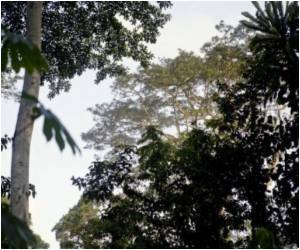A recent study conducted by researchers associated the presence of trees with human health.

When emerald ash borer comes into a community, city streets lined with ash trees become treeless.
The researchers analyzed demographic, human mortality, and forest health data at the county level between 1990 and 2007. The data came from counties in states with at least one confirmed case of the emerald ash borer in 2010.
The findings hold true after accounting for the influence of demographic differences, like income, race, and education.
"There's a natural tendency to see our findings and conclude that, surely, the higher mortality rates are because of some confounding variable, like income or education, and not the loss of trees," Donovan said.
"But we saw the same pattern repeated over and over in counties with very different demographic makeups," he said.
Advertisement
The emerald ash borer was first discovered near Detroit, Michigan, in 2002. The borer attacks all 22 species of North American ash and kills virtually all of the trees it infests.
Advertisement
Source-ANI








